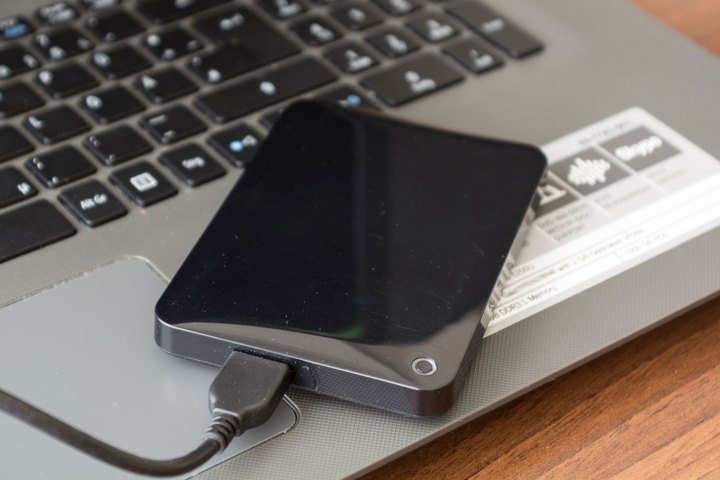
Microsoft has finally capitulated. After years of politely suggesting that Windows users should manually trigger the “safe” removal of USB devices from the system before unplugging it, it’s changing the way Windows interacts with USB drives. With the recently released Windows 10 build v1809, “Quick removal” will become the default USB setting, meaning that you don’t risk losing any data if you just yank your devices out when you’re done using them.
Even if you’ve not noticed it before, Windows typically runs USB devices in “Better performance” mode. That allows for write caching on the external drive which improves performance when transferring data. However, if you do not “safely” eject the USB device by going into the task bar and selecting the appropriate option, you run the risk of losing data when it’s removed. Quick Removal has always been an option if you choose to set it, but it’s not been the default one. That’s now changed, following the eventual rollout of the Windows 10 October update.
Windows should update itself to the latest version automatically, but if you want to make sure you’re running Windows version 1809, search for Windows update in the Windows 10 search bar, select the appropriate result, and manually trigger an update check if required.
This is all good news for those who prefer to just yank out their USB drives when they’re done transferring files, but that can lead to a reduction in write performance. For those transferring large files regularly, that may mean unwanted delays. If you’re in that category, don’t fret, there is a way to switch back to the Better performance setting on a per device basis and Microsoft has released a series of instructional steps on how to do it, via ZDNet.
Step 1: Plug in your USB device and identify its drive name (For example, D:, G:, H:, etc.).
Step 2: Press Windows key and X and select Disk Management.

Step 3: In the lower-half of the Disk Management window, right click (or tap and hold) the device and select Properties.
Step 4: Under the Policies tab, toggle Better performance on, then tick the box next to Enable write caching on this device. Then select the OK button.
You will need to do this for any other devices that you want write caching enabled for, but once selected, Windows will remember your setting for that device.
Editors' Recommendations
- Microsoft finally kills this legacy Windows app — for good this time
- Microsoft Edge is slowly becoming the go-to browser for PC gamers
- Microsoft’s next event could reveal the Surface Pro we’ve been waiting for
- 7 beloved Windows apps that Microsoft has killed over the years
- How to start Windows 11 in Safe Mode



